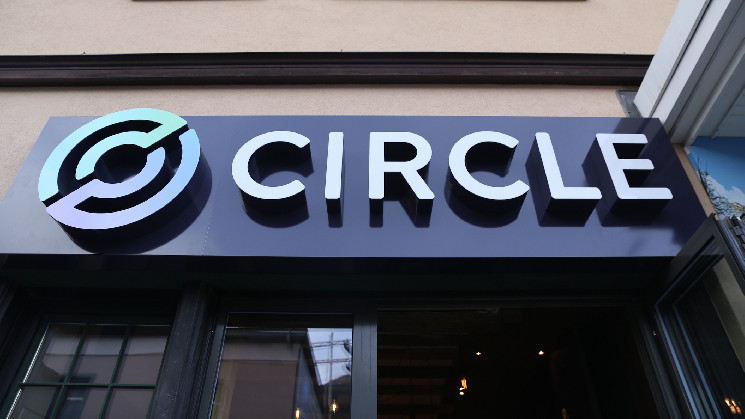NY Fed Policy Change: Stablecoin Issuer Circle’s Chances for Fed Access Could Be Diminished
Recent changes in the New York Federal Reserve Bank’s (NY Fed) policy could potentially squash stablecoin issuer Circle Internet Financial’s hopes for access to the US Federal Reserve (Fed) services. Circle, a leading player in the digital currency market, has been assertively seeking a stable foothold in the rapidly evolving world of cryptocurrencies. Having direct access to the Fed’s services, such as Fedwire and the central bank’s discount window, would significantly boost Circle’s operations and expansion plans. However, the recent policy shift by the NY Fed has raised uncertainties surrounding Circle’s prospects.
Circle emerged as a digital currency startup in 2013, later pivoting to concentrate on its stablecoin cryptocurrency, USD Coin (USDC). USDC is pegged to the US dollar and seeks to maintain a 1:1 value, making it a more stable option for investors wary of the volatile digital currency market. Gaining access to the Federal Reserve’s services would not only benefit Circle, but also contribute to the legitimacy, stability, and growth of USDC and the wider stablecoin ecosystem.
Stablecoins, like USDC, play an essential role in the vibrant and growing digital currency world, enabling faster, more efficient cross-border transactions, and increasing liquidity for users. In this context, gaining access to the Fed’s services such as Fedwire, a real-time gross settlement system for quick fund transfers, securing loans for banks or financial institutions, and using the central bank’s discount window, is vital for Circle’s long-term success.
Earlier this year, Circle officially applied to become a federally regulated commercial bank to gain direct access to the Federal Reserve’s services. This move was intended to minimize regulatory hurdles, streamline operations, and facilitate easier, more affordable financial transactions for Circle’s users. Circle co-founder and CEO Jeremy Allaire has also lobbied for constructive regulatory frameworks that would support stablecoin innovation and growth in the United States.
The NY Fed’s policy change, however, could significantly impact Circle’s ambitions of acquiring federal access. According to reports published by the NY Fed in March and October 2021, the central bank is now proposing to lower certain requirements for obtaining and maintaining a Fed account for institutions offering deposit accounts. The new guidance focuses on evaluating applicants based on risk management, business plan, and financial stability, among other factors.
While this policy shift may be seen as an opportunity for some fintech innovators, it could also create challenges for Circle’s bid to attain access to the Fed. As a company dealing extensively with cryptocurrencies and stablecoins – which are still relatively new and largely unregulated markets – the proposed criteria and requirements may potentially impede Circle’s ability to gain direct access to the central bank’s services.
Furthermore, the NY Fed’s recent statements have voiced concerns regarding stablecoins’ potential threats to financial stability, monetary policy efficacy, and fairness in economic opportunity. The central bank’s focus on these risks may further hinder Circle’s chances of acquiring federal access. Consequently, Circle would need to demonstrate that the USDC and their operations align with the central bank’s broader goals of financial stability, monetary integrity, and economic inclusion.
Undeniably, Circle’s ambitions to access the Federal Reserve’s services face significant roadblocks amidst the changing regulatory landscape. However, as the stablecoin market and the digital currency ecosystem continue to evolve, the possibility for regulatory developments that acknowledge and accommodate emerging financial technologies should not be ruled out.
For now, the impact of the NY Fed’s policy change on Circle’s ambitions for federal access remains uncertain. However, the development emphasizes the need for ongoing dialogue between stablecoin issuers, policymakers, and regulators to ensure the growth of the cryptocurrency market while safeguarding the interests of all stakeholders.
In conclusion, the recent policy shift by the New York Federal Reserve Bank could potentially pose challenges for stablecoin issuer Circle Internet Financial’s ongoing bid to gain access to the Federal Reserve’s services. The evolving regulatory environment and concerns about financial stability and monetary policy implications need to be carefully assessed and addressed by Circle as well as the entire stablecoin ecosystem. Despite the uncertainties, it is essential for all stakeholders to continue engaging in constructive dialogue to foster a conducive regulatory framework that encourages innovation and long-term growth in the digital currency market.


